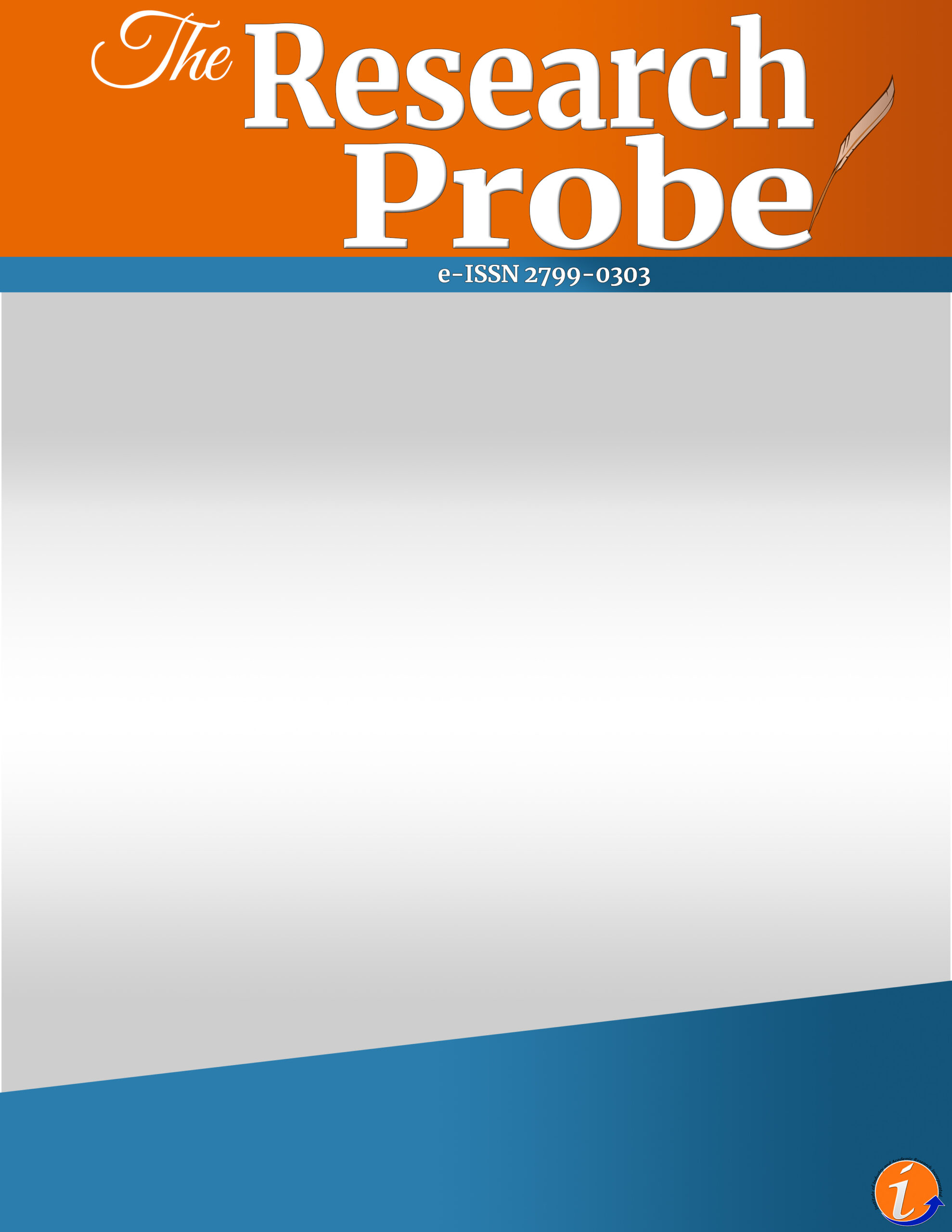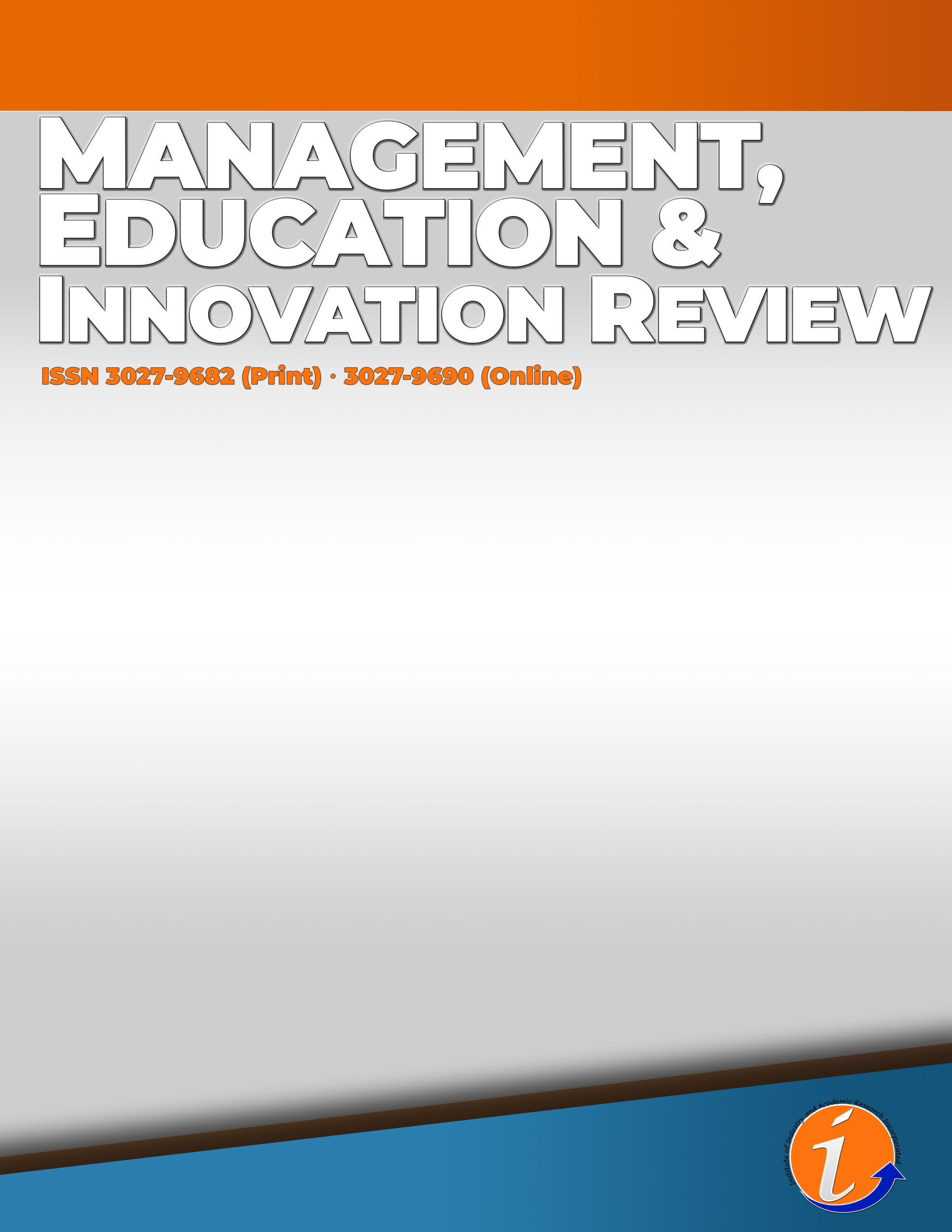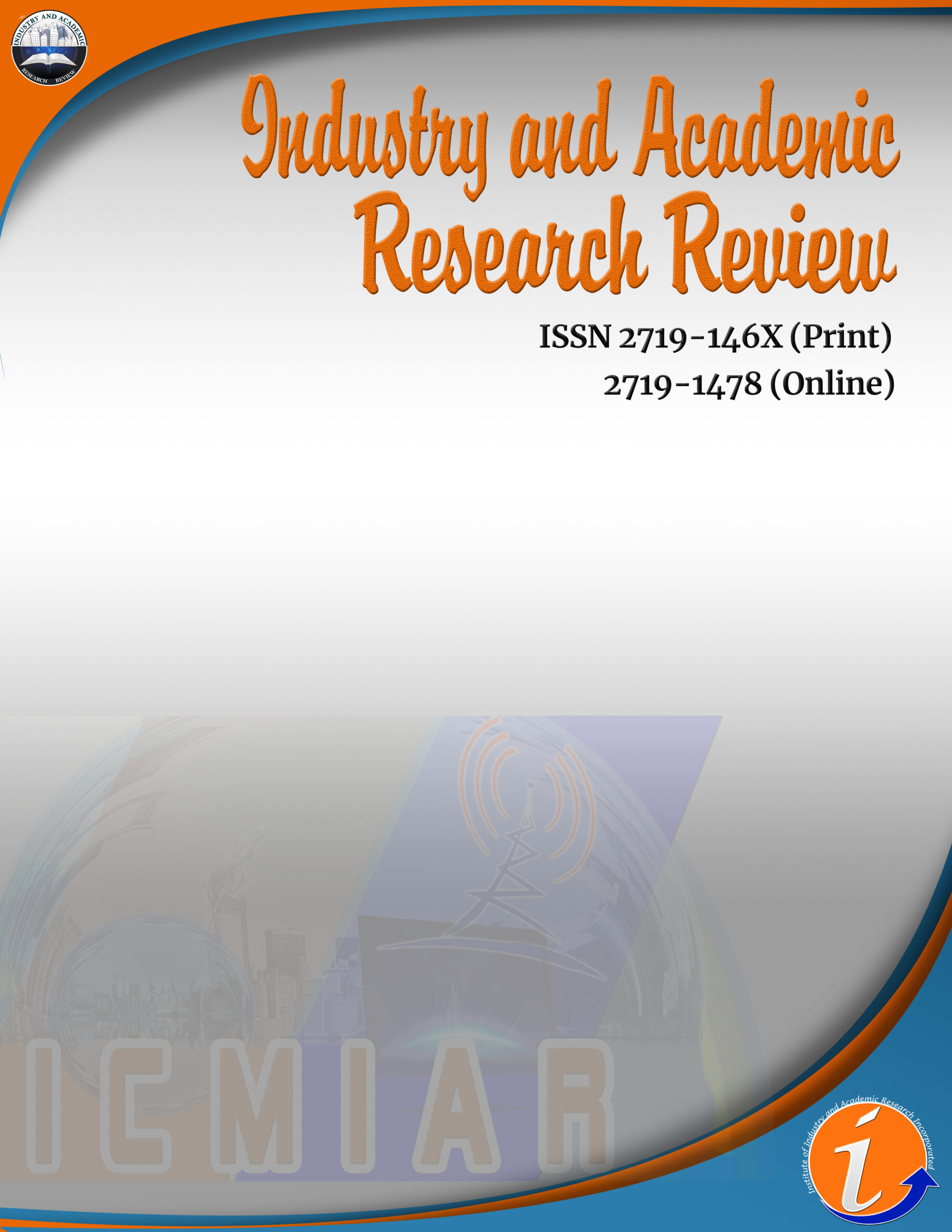This study explored the history and cultural significance of Pahinis Festival in Laua-an, Antique. It focused on the history and origin of the festival and its cultural and economic significance. The findings of the study then served as the basis for the development of localized and contextualized learning materials that can be utilized in teaching Araling Panlipunan. Data were sourced from existing related articles and through interviews with ten study informants who were representatives from business, tourism, local government unit, craftsmen/artisans, and elders. The study was conducted for a three-month duration in Laua-an, Antique. Data gathered were presented and analyzed using a thematic analysis. This study found that the Pahinis festival was based on the common practice of pahinis, a cleansing ritual performed before the start of the muscovado sugar processing. The festival contributes to local economy and the tourism industry, providing opportunities for locals to earn additional income and to promote local products particularly the muscovado sugar. This study presents the following recommendations: a thorough research on the history of the Pahinis festival including the its evolution as well as the changes cultural elements and activities through the years of celebrating it; enhancement of the educational and cultural value of the Pahinis festival to create an immersive and enriching experience for attendees while fostering a deeper appreciation for the community's traditions; and the pilot testing of the developed contextualized and localized learning material so that needed enhancement can be done after such test.
dimensional, festival, materials, localized
License:
![]()
This work is licensed under a Creative Commons Attribution (CC BY 4.0) International License.







